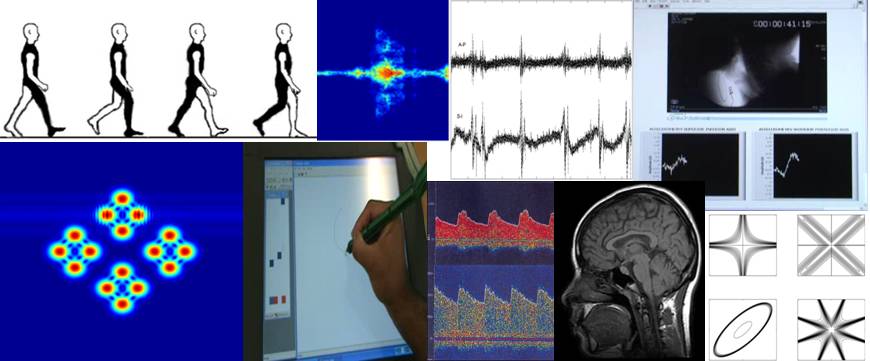Assessment of resting-state blood flow through anterior cerebral arteries by using transcranial Doppler recordings
July 6, 2013
Transcranial Doppler (TCD) recordings are used to monitor cerebral blood ow in main cerebral arteries. The resting state is usually characterized by using the mean velocity or the maximum Doppler shift frequency (an envelope signal) by insonating the middle cerebral arteries (MCAs). In this study, we characterized the cerebral blood ow in the anterior cerebral arteries (ACAs). We analyzed both the envelope signals and the raw signals obtained from bilateral insonation. We recruited 20 healthy subjects and conducted the data acquisition for 15 minutes. Features were extracted from the time domain, the frequency domain and the time-frequency domain. The results showed that gender-based statistical di erence exists in the frequency domain and the time-frequency domain. However, no handedness e ect was found. In the time domain, the information-theoretic features showed that the mutual dependence is higher in raw signals than in envelope signals. Finally, we concluded that insonating the ACA will serve as a complement of the MCA studies. Additionally, the investigation of the raw signals provided us with additional information that is not otherwise available from the envelope signals. The direct TCD raw-data utilization is therefore validated as a valuable resting-state characterization method.
This material is presented to ensure timely dissemination of scholarly and technical work. Copyright and all rights therein are retained by authors or by other copyright holders. All persons copying this information are expected to adhere to the terms and constraints invoked by each author’s copyright. In most cases, these works may not be reposted without the explicit permission of the copyright holder.



